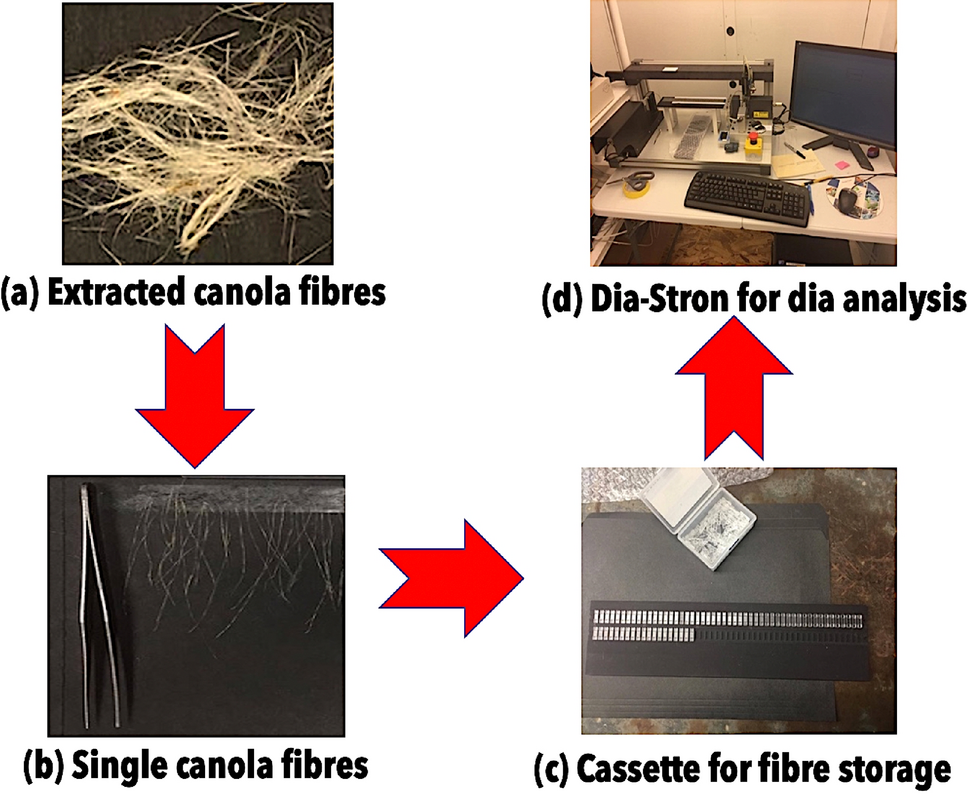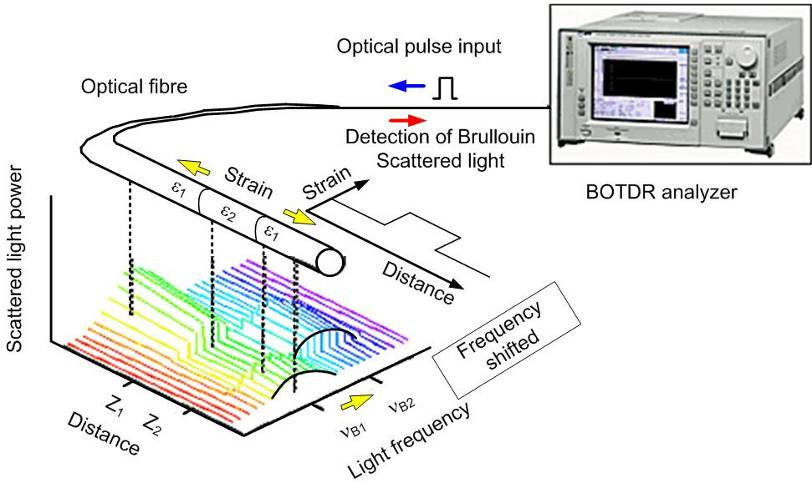Enhancing Measurements with a High-Accuracy Optical Fibre Diameter Analyser
Enhancing Measurements with a High-Accuracy Optical Fibre Diameter Analyser
Blog Article
Maximize Your Fiber Optic Performance: Recognizing Optical Fibre Diameter Analyser Technology
The efficiency of fiber optic systems is seriously influenced by the accuracy of their diameter, a factor commonly forgot in the quest of ideal signal honesty. Recognizing the modern technology behind optical fibre size analysers exposes the intricate balance between measurement accuracy and production top quality.
Significance of Optical Fiber Diameter
The diameter of optical fibre plays a critical role in determining the performance and performance of interaction systems. It affects several vital parameters, consisting of the mode of light propagation, attenuation, and bandwidth capability. Bigger diameters generally permit for numerous light settings, assisting in greater data transmission rates. Alternatively, smaller diameters have a tendency to support less settings, which can enhance signal clearness and reduce crosstalk.

In addition, understanding the size's ramifications can bring about set you back financial savings by minimizing the need for signal amplification and repeaters in extensive networks (optical fibre diameter analyser). Finally, the significance of optical fiber size can not be overstated, as it straight influences the total performance and integrity of modern-day communication systems

Just How Size Impacts Signal Quality
Signal high quality in optical fibre systems pivots substantially on the size of the fiber. A smaller diameter can lead to greater attenuation prices, resulting in signal loss as light travels with the fiber.
Alternatively, bigger diameters typically permit enhanced light capture and decreased modal dispersion, boosting signal clearness. In multimode fibres, a bigger core size can sustain several light modes, yet it may also present intermodal diffusion, which can degrade signal high quality. Therefore, choosing the optimum fibre size is essential for attaining the wanted efficiency in details applications.
Additionally, the communication between the fiber diameter and the wavelength of the light made use of plays an important function in determining the reliable transmission distance and total signal integrity. Understanding just how fibre diameter affects signal top quality is crucial for network developers and engineers making every effort to enhance optical fibre systems for trusted, high-speed data transmission.
Review of Diameter Analyser Modern Technology
In lots of optical fiber production processes, accurate measurement of fibre size is important for guaranteeing constant efficiency and top quality (optical fibre diameter analyser). Diameter analysers are sophisticated tools designed to analyze the physical dimensions of optical fibres with high precision. They utilize advanced optical and laser modern technologies to determine the size, ovality, and concentricity of the fibre, therefore supplying crucial information for quality assurance
These analysers can run in-line during the manufacturing procedure or as component of off-line screening protocols. In-line systems enable real-time monitoring, allowing manufacturers to adjust specifications promptly, thereby keeping optimal production conditions. Off-line analysers, on the other hand, offer detailed assessments of batches, guaranteeing that any variances from defined resistances are identified and addressed.
Size analysers considerably add to the decrease of defects in optical fibres, boosting general item reliability. By consistently gauging vital parameters, these modern technologies facilitate compliance with market criteria and specs. As the need for high-performance optical fibres remains to climb, the function of diameter analysers ends up being progressively vital in achieving the preferred quality and performance criteria in fiber optic systems.
Key Features of Fibre Diameter Analysers
Although numerous models of fiber size analysers exist, they commonly share a number of crucial functions that boost their performance and reliability. One of the most substantial attributes is high-resolution measurement capacities, which make certain check my site accurate size analyses, essential for maintaining quality control in fibre manufacturing. In addition, many analysers integrate sophisticated optical sensing units developed to identify minute variants in fibre size, therefore supplying important information for procedure optimization.
An additional essential feature is real-time monitoring, permitting operators to obtain prompt responses on fiber size throughout the manufacturing procedure (optical fibre diameter analyser). This ability helps with fast changes and decreases the probability of defects. Several analysers additionally come equipped with straightforward user interfaces, enabling operators to quickly navigate with setups and information outcomes
Moreover, durable information storage space and evaluation capabilities are important for tracking historical performance trends and ensuring compliance with sector criteria. These attributes collectively contribute to the effectiveness of fiber size analysers in optimizing fibre optic performance.
Finest Practices for Fibre Optimization

First, regular calibration of optical fiber diameter analysers is important. This ensures accurate measurements and minimizes useful content prospective inconsistencies that might influence efficiency. Next, preserving a clean functioning environment is essential; dust and pollutants can result in indicate destruction.
In addition, it is important to pick fibres that meet specific application needs. This entails evaluating variables such as depletion, transmission capacity, and ecological problems. Correct installment methods should likewise be adhered to, including staying clear of sharp bends and excessive stress, which can compromise fiber stability.
Furthermore, employing innovative tracking systems can facilitate real-time performance assessments, enabling punctual identification of issues. Normal screening and upkeep ought to be carried out to guarantee that fibers remain within optimum functional criteria.
Lastly, training workers on the most current fibre optimization innovations and methods will certainly enhance their capability to implement effective techniques. By complying with these best techniques, companies can dramatically boost the performance and lifespan of their optical fibre systems, ensuring effective interaction and data transfer.
Conclusion
To conclude, the combination of optical fibre size analyser modern technology is important for taking full advantage of fibre optic performance. By making certain precise measurements of fibre measurements, these analysers dramatically improve signal high quality and lower losses during information transmission. Regular calibration and maintenance of the analysers are essential to promote ideal efficiency and compliance with industry criteria. Ultimately, the application of this innovation assists in boosted data transmission rates and reinforces signal stability, adding to the total performance of fibre optic systems.
Signal high quality in optical fibre systems pivots considerably on the diameter of the fibre.In many optical fiber production processes, exact dimension of fiber diameter is essential for making certain constant efficiency and high quality. As the need for high-performance optical fibres proceeds to rise, the role of diameter analysers ends up being read this post here significantly essential in attaining the wanted quality and efficiency standards in fibre optic systems.
These attributes jointly contribute to the efficiency of fibre diameter analysers in enhancing fiber optic efficiency.
In verdict, the combination of optical fiber diameter analyser technology is vital for taking full advantage of fiber optic efficiency.
Report this page